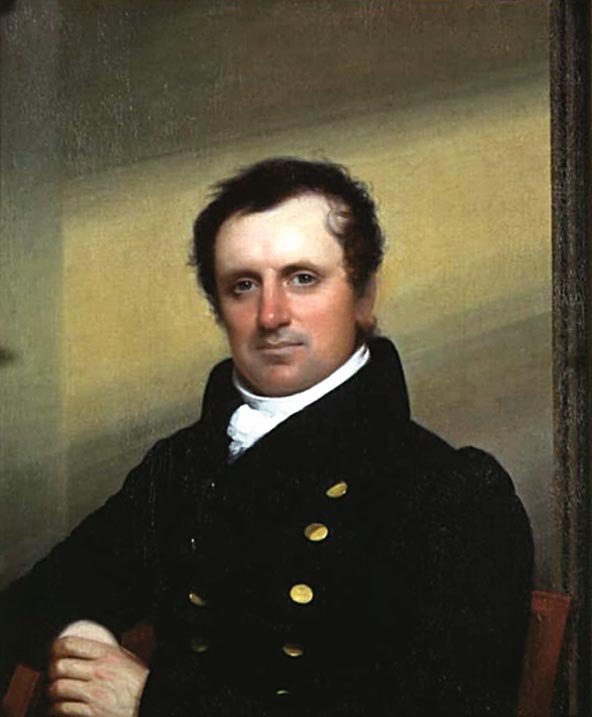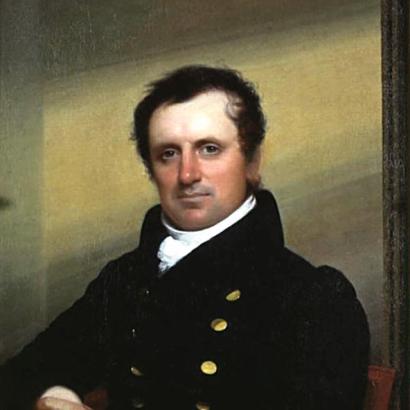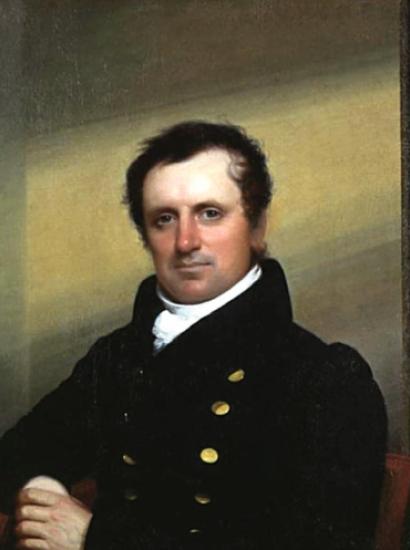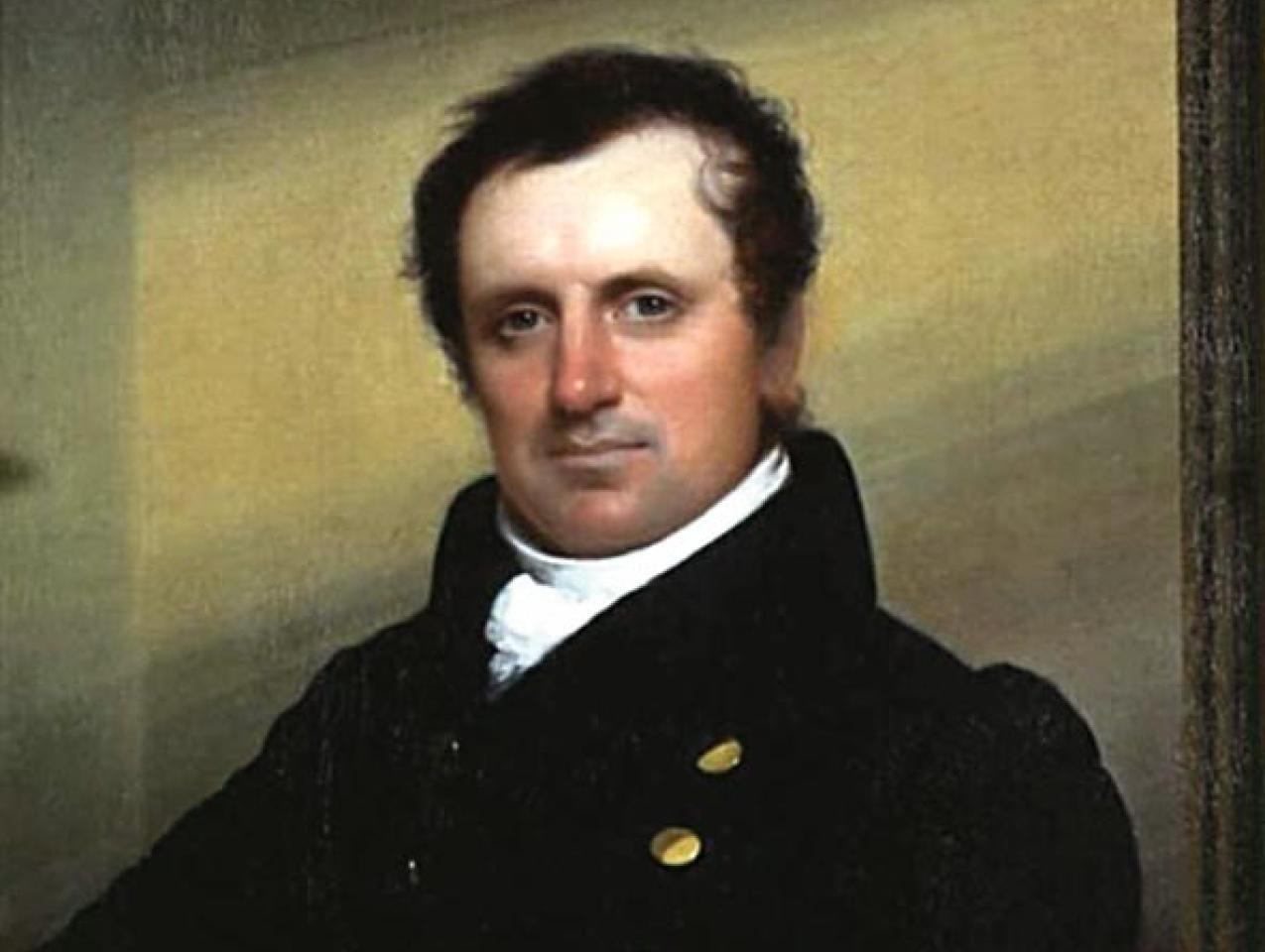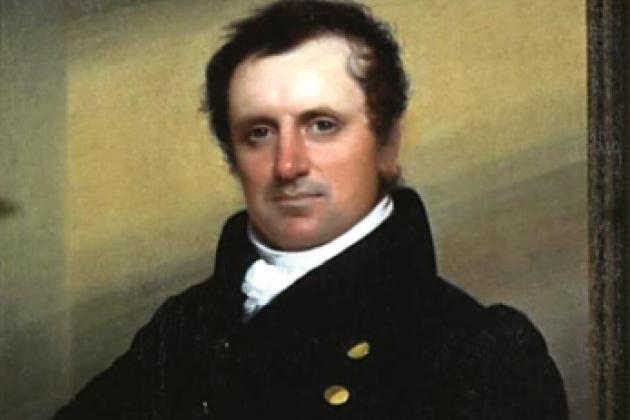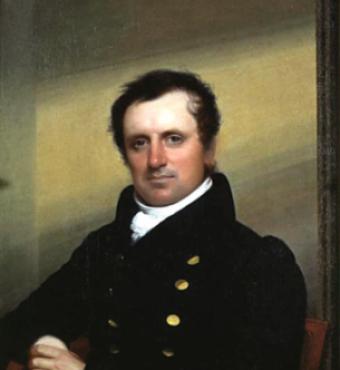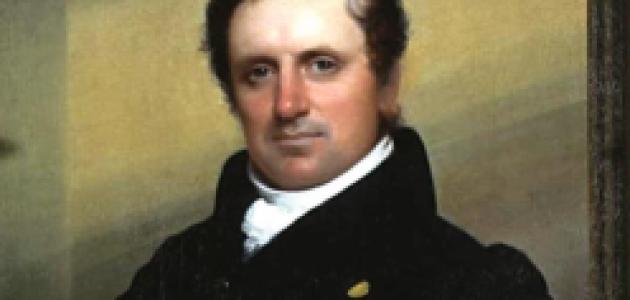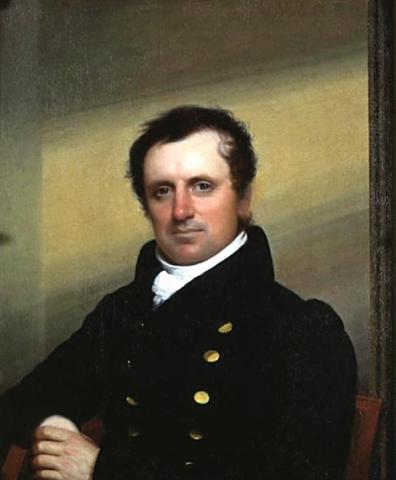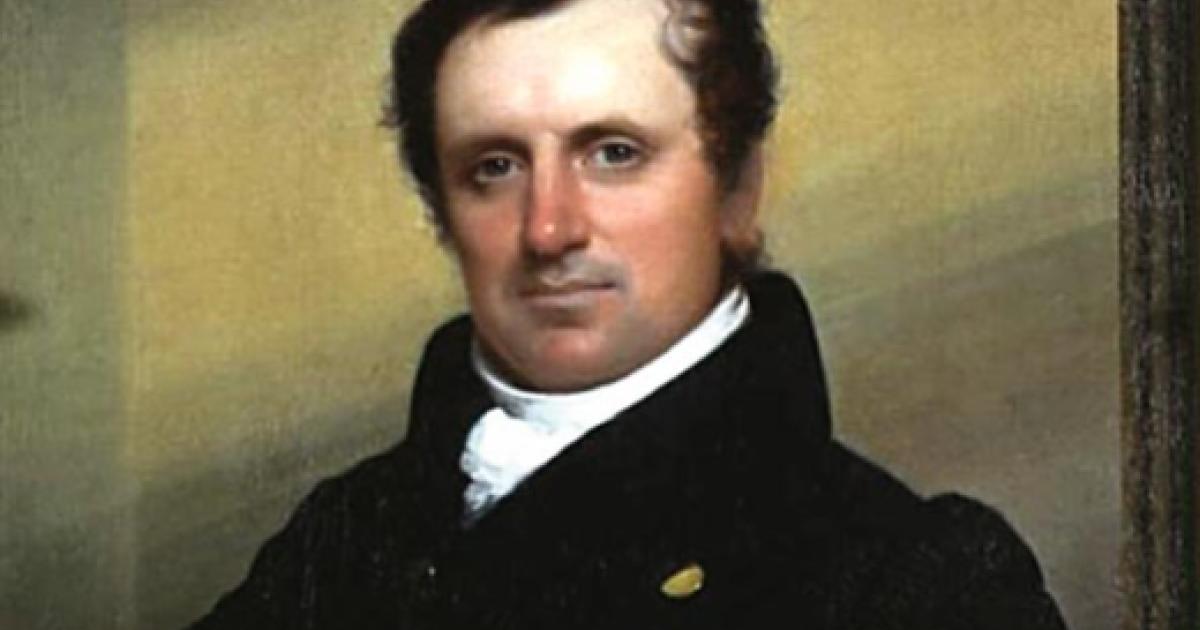National character was once recognized as elemental. Thucydides’ Peloponnesian War turns on the differing Athenian and Spartan characters. Now, however, national character as a topic hides somewhere between the distastefully insensitive and the arrogantly impermissible. But for early Americans in the New World, defining and describing it was imperative, and was luminously achieved in the literature of the colonial, early republic, and “American Renaissance” periods. A century later, the cultural upheavals of the late 1960s obliterated the canon of American identity to replace it with reading lists purposed for factional political advantage.
This is an attempt to recover some of the liveliest and most powerfully revealing writings from “in the time of the Americans.” They reveal the multitudinous streams of thought and action that would flow into a once-recognizable American self and which, despite malign neglect, are still there awaiting rediscovery.
The English novelist-essayist D. H. Lawrence gave recognition to this in his 1923 book Studies in Classic American Literature, itself a minor classic of witty-gritty criticism: “Old Daddy [Ben] Franklin will tell you. He’ll rig him right up for you, the pattern American. Oh, Franklin was the first downright American. He know what he was about, the sharp little man.”
As Lawrence put it, “There is a new feeling in the old American books, far more than there is in the modern American books, which are pretty empty of any feeling, and proud of it. There is a ‘different’ feeling in the old American classics. It is the shifting from the old psyche to something new, a displacement. And displacement hurts.”
Lawrence then scampers through the big names of classic American literature: Poe, Melville, Whitman et al, who for our purposes can be left to take care of themselves. Here, in this summer of our discontent, we will first, seek glorious sunlight from a few writings of the “classic” period lately less visited or less comprehended; second, follow that with a clutch of twentieth century works that—contrary to Lawrence’s dictum that they are “pretty empty of feeling” in fact do carry on the classic lineage in revealing ways; and finally, we’ll take note of a recent piece of literary criticism on modern cases of the distinctive American character.
I. From the American “Classic” Period:
- James Fenimore Cooper, The Last of the Mohicans, Penguin, 1986 (1826).
Perennially popular but never properly appreciated, Mohicans is a legitimate contender for the title of the great American novel. Film versions have studiously avoided its preoccupying theme: what demarcates one race from another, one nation from another, humans from animals, man from woman—and how, in the forest, they are mixed to transform European history into American myth. Andrew Delbanco called it “nothing less than America’s destiny.” The story is drenched in rhetoric: Hawkeye and the noble Uncas foreshadow the laconic speech of the American West in contrast to the vile Magua’s eloquence, which recalls that of Milton’s Satan. At the end, Genesis 34 is cited in intermarriage and racial strife.
- Nathaniel Hawthorne, “My Kinsman, Major Molineux,” in Selected Tales, Penguin, 1987 (1831).
An American Aeneid in a short story. Young Robin sets out to find his role in life only to stumble into a Hades-like colonial Boston Underworld where he realizes that his mission is to found a wholly new republic. Each of Hawthorne’s collected tales contains one of the infinite facets of early America’s national character.
- Harriet Beecher Stowe, Uncle Tom’s Cabin, or Life Among the Lowly, Penguin, 1986 (1852).
Hailed by Tolstoy as “one of the greatest productions of the human mind” yet mocked and derided in our time, Cabin possesses a magical ability to immediately pull an unprejudiced reader into a unique masterpiece of morality caught in a political maelstrom. Lincoln was not being facetious when he greeted Stowe as “the little lady who made this big war.” No two characters in it are alike, each an American original. Uncle Tom’s docility, the scholar Ann Douglas said, is only so in representing spiritual values, which to Stowe meant strength, his cabin a briefly blissful ideal of home. In Europe, Tocqueville had written, “almost all the disorders of society are born around the domestic hearth.” Stowe describes an American alternative, if only as a momentary vision.
- Henry Wadsworth Longfellow, The Song of Hiawatha, Everyman, 1992 (1855).
Another scorned work of lasting power, told in primeval drumbeat measures when Gitche Manitou summons Hiawatha to bring civilization to the nations and in his marriage to Minnehaha, a golden age—until “Something in the hazy distance, coming nearer, nearer, nearer, / Came the Black-Robe chief… the Pale-Face, wit his guides and his companions…” Thus, all would be changed, but this epic poem still stands, wondrous in its evocation of the animals, heartbreaking when
the heron, the Shuh-shuh-gah,
From her haunts among the fenlands,
screamed: “Farewell, O Hiawatha!”
Thus departed Hiawatha…
To the Islands of the Blessed,
To the Kingdom of Ponemah,
To the Land of the Hereafter!’
- Thomas Wentworth Higginson, Army Life in a Black Regiment, Dover, 1982 (1870).
A Boston “Brahmin” abolitionist as a colonel in the Union army organized a unit of freed slaves and described scenes of their camp life on the Sea Islands off the Carolina coast in what Henry Steele Commager said “has some claim to be the best written narrative to come from the Union during the Civil War.” Higginson was one of the few men in Emily Dickinson’s intriguing circle from which her “astonishing cognitive originality,” in Harold Bloom’s words, radiated to create an American self from her insistence on total consciousness. (See Helen Vendler’s interpretations in Dickinson: Selected Poems, Harvard University Press, 2010.)
Later Books on the American Character
- Andy Adams, The Log of a Cowboy: a narrative of the Old Trail Days, Penguin, 2006 (1903).
Not a depiction of the romantic West, but a portrait of how it really was to drive cattle from Texas to Montana in the 1880s: stampedes, rustlers, quicksand bogs, violent weather, Indian trouble, all in flat, straightforward wording as relentless as the drive itself. Coffee, beans, and campfire stories; the camaraderie of young men on a journey, part labor and part lark.
- W.E.B. Du Bois, The Souls of Black Folk, Yale University Press, 2015 (1904).
In 1835, Tocqueville looked at the South and turned away; it was not his idea of democracy in America. Du Bois would write the South back into the national story through his excoriating depiction of Reconstruction against the background of the Antebellum slave-holding South, which, with all its evils, Du Bois says, contained something that, when vanquished, “deserved to live.” This American classic, redolent of the great works of Western Civilization, depicts an African-American descent into the Underworld of Georgia’s “Black Belt” as a turning point in its Odyssey toward Freedom.
- Wallace Stegner, Joe Hill, University of Nebraska Press, 1950.
From 1905 to the 1920s, the International Workers of the World (The Wobblies) “enlisted all the enthusiasm, idealism, rebelliousness, devotion, and selfless zeal of young migrant laborers.” This is a chronicle of strikes, free-speech fights, riots, trials, frame-ups, and martyrdoms, in what was the most dramatic episode in the history of American labor. The exemplar of the cause, Joe Hill, would thereafter be extolled by balladeers like Pete Seeger but, as seen in this biographical novel, may have been motivated by impulses darker than social justice. The Wobblies passed into despair, drink, crime, or oblivion, but in a dream-song the legend continued: “But Joe, I said, You’re ten years dead! I never died, said he.”
- Cole Porter, Selected lyrics, The American Poets Project, The Library of America, 2006.
From 1917 to mid-century, Cole Porter’s words and music symbolized an era that started with rich college boys and then moved into the “lost generation” in post-World War I Paris, the “roaring twenties,” Broadway musicals, and post-World War II Manhattan “High Society.” As this collection’s editor sums it up, “Porter wrote tellingly of the pain and evanescence of emotional relationships. He gently mocked propriety and said that few things were simple or lasting or free from ambiguity.” He not only recorded but also invented a distinctive American attitude.
- John Steinbeck, The Log From the Sea of Cortez, Penguin, 1977. (1951)
In 1940, the famous author of The Grapes of Wrath and a biologist pal chartered a sardine trawler and set out on a long, narrow, dangerous body of water—the Gulf of California—to collect marine animals at certain days and hours indicated on tidal charts. Hitler was invading Denmark and there was no telling when the invasion of England might begin: “Our radio was full of static and the world was going to hell,” wrote Steinbeck. Their expedition turned out to be “an exercise in speculative metaphysics” dedicated to exploring a problem from remotest antiquity: the relation of the part to the whole.
- Thomas Berger, Little Big Man, Dial Press, 1964.
His pioneer family massacred, ten year old Jack Crabb is raised by a Cheyenne chief eventually to fight at the little Big Horn where Custer made his “Last Stand.” In this hilarious yet horrifying novel, Jack, at age one hundred and eleven, tells of the mixing of the peoples that could “bookend” Cooper’s Last of the Mohicans in what Henry Miller called “an American epic as Mark Twain might have written it.”
- Joseph W. Reed, Three American Originals: John Ford, William Faulkner, & Charles Ives, Wesleyan University Press, 1984.
A recent counterpart to D.H. Lawrence’s Studies in Classic American Literature. The binding factor is that Americans are “ambivalent”—that is, they judge ambivalently. This is at odds with the conventional, long-held foreign impression of Americans as bombastic braggarts, cocksure of themselves, whose character is a general menace to world order. The ambivalence found in this analysis recalls Cole Porter’s lyrics of ambiguity, far more perceptive and thoughtful than supposed. As Reed describes the work of Ford, Faulkner, and Ives, “suspension is all when it comes to ambivalence. For these artists it is even more: it is at the center of their art. Suspended judgment—why they choose to make this particular thing into art—suspended action in film and fiction, suspended progress in music, suspended melody and sequence and image, and the combination resulting in art’s suspended meaning. The suspension of gesture which constitutes that pause, so telling, that hesitation at the edge of the next movement. Suspended and . . . caught in that furious motion, for the moment, of being alive.”







